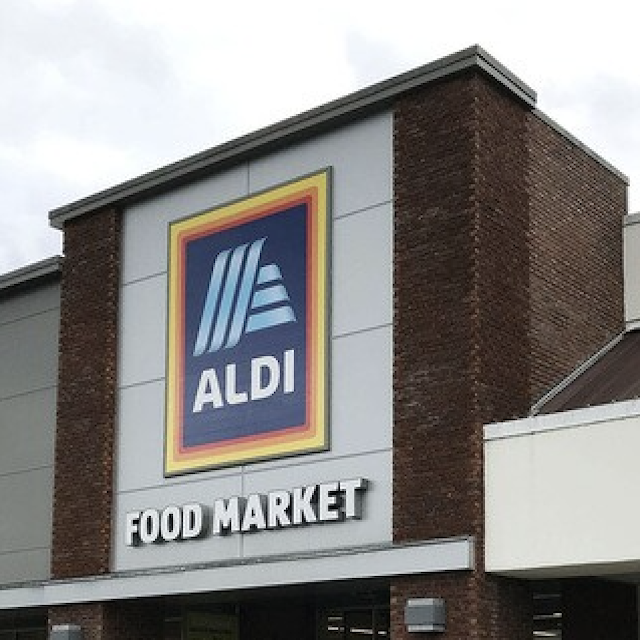Food Anchors Keep Net Lease Retail on Solid Ground

Even after several quarters of net relinquishment, the single-tenant net lease retail market continues to show surprising strength. Food-oriented tenants are doing much of the heavy lifting, keeping fundamentals on a steady footing, according to a new Marcus & Millichap analysis.
Grocery stores remain the sector’s most consistent performer, with vacancy holding below 3% since mid-2017. The segment has now logged 79 consecutive quarters of positive absorption, ending the latest period with a 2.3% vacancy rate—only 20 basis points higher than a year earlier. Over the past year, grocers have absorbed 4.1 million square feet, led by expanding chains such as Aldi, Publix, H-E-B, Trader Joe’s, Sprouts, Schnuck Markets, Grocery Outlet, and Lidl. Development continues at a restrained pace, with new projects accounting for just 0.8% of existing stock.
Quick-service restaurants are also driving stability, buoyed by unwavering tenant demand. Marcus & Millichap noted that the category has maintained vacancy below 2% since 2010 and achieved positive net absorption every quarter since at least 2000. As of September, vacancy registered just 1.3%, and average rents climbed 7.3% year-over-year. Growth from brands including Chick-fil-A, Dutch Bros, McDonald’s, Panda Express, Raising Cane’s, Whataburger, and Chipotle reflects continued competition for high-traffic sites as dining patterns normalize.
Few retail niches display tighter fundamentals than convenience stores. Vacancy sits at just 1%, unchanged from a year ago, following 79 straight quarters of positive absorption. The format added 1.9 million square feet in the past 12 months, while rents advanced 4.7%. Chains such as Wawa, Buc-ee’s, Sheetz, and RaceTrac are expanding rapidly, often through acquisitions and relocations designed to capture more consumer traffic.
Full-service dining, meanwhile, has regained its footing after an uneven recovery. Vacancy stands at 3.6%, a level that has remained below 4% since late 2021 and about 10 basis points tighter than the decade average. Tenants absorbed 3.6 million square feet over the past year, supported by minimal new supply—just 0.3% of existing inventory. Expanding operators like Olive Garden, Cava, Qdoba, Sweetgreen, and Texas Roadhouse are capitalizing on suburban traffic and the appeal of experiential dining.
Not all retail categories are faring as well. Drug stores continue to struggle, with vacancy reaching 4.8%—its highest since at least 2000—and projected to surpass 6% in the third quarter. The segment reported 4 million square feet of negative absorption over the past year, though rents held flat. Department stores are under similar strain, posting a 6.3% vacancy rate, about 30 basis points above their five-year average. Although the sector recorded a net absorption loss of 122,000 square feet and the lowest pace of new development since 2016, rents still climbed 6.7% year-over-year, aided by off-price retailers such as TJ Maxx, Marshalls, HomeGoods, and Ross.
Across the country, vacancy remains below the long-term average in 40 of the 50 largest metros—a sign of ongoing resilience in the single-tenant market. With the national construction pipeline representing just 0.4% of existing inventory, Marcus & Millichap expects supply pressure to stay limited. The firm projects that food- and necessity-based tenants will continue to anchor the market as investors gravitate toward stable, management-light retail assets.
Source: GlobeSt/ALM